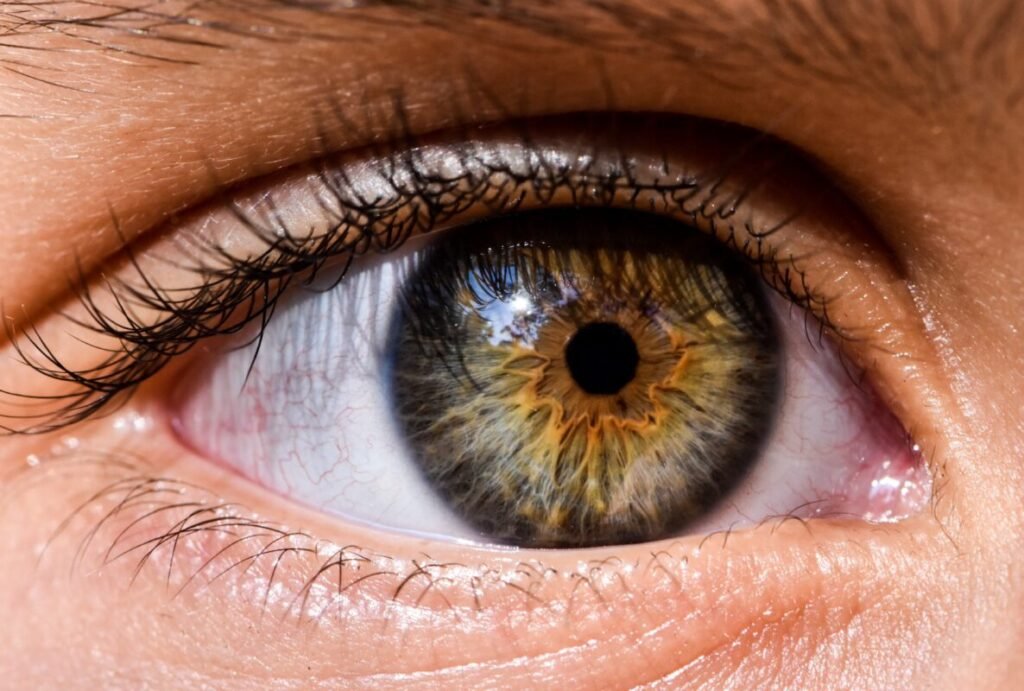What drugs cause constricted pupils?
Introduction
Pinpoint pupils, medically known as miosis, refer to abnormally small pupils that remain constricted even in low-light conditions. This is commonly a sign of drug impairment, particularly from opioids. It’s important to note that, while certain drugs are well-known to cause this effect, various medical conditions and environmental factors can also lead to tiny pupils (miosis).
Understanding these causes is crucial for accurate diagnosis and appropriate treatment.
Drugs That Cause Constricted or “Pinpoint” Pupils
Certain classes of drugs, particularly opioids (both natural and synthetic) and opioid derivatives, are known to cause very small pinpoint pupils (miosis) by disrupting the normal functioning of the autonomic nervous system that regulates pupil diameter. If you see someone with very small pupils, this is an important symptom to take seriously, as the person may be in need of medical intervention.
Opioids: Drugs like heroin, oxycodone, hydrocodone, fentanyl, nitazines, codeine, morphine, and methadone all activate mu-opioid receptors in the brain. This activation stimulates the parasympathetic nervous system, leading to pupil constriction (aka pinpoint pupils), along with other effects like slowed breathing and heart rate.
Tiny pinpoint pupils can be one sign of an overdose on opioids, so take this symptom very seriously. Opioid overdose requires medical intervention and can lead to death in a short time if left untreated.
Other Drugs: Other substances that may induce miosis (constricted pupils) include:
Antihypertensive Medications: Drugs like clonidine, used to treat high blood pressure, can cause miosis as a side effect.
Muscle Relaxants: Tizanidine, a muscle relaxant, has been associated with pupil constriction.
Antipsychotics: Phenothiazine antipsychotics, such as chlorpromazine, may lead to miosis.
Pilocarpine Eye Drops: Used to manage glaucoma, pilocarpine can result in constricted pupils.
Pinpoint pupils can occur at typical or higher therapeutic doses of these medications. However, with sustained opioid use, tolerance can develop, potentially making pinpoint pupils a less reliable sign of use.
Medical Conditions Leading to Miosis
Beyond drug-induced causes, several medical conditions can result in pinpoint pupils:
Horner's Syndrome: This condition arises from disruption of nerve pathways between the brain and the face, often due to a tumor, stroke, or spinal cord injury. It typically presents with a triad of symptoms: miosis, ptosis (drooping eyelid), and anhidrosis (lack of sweating) on the affected side.
Anterior Uveitis: Inflammation of the middle layer of the eye can cause miosis, often accompanied by eye pain, redness, and blurred vision.
Intracerebral Hemorrhage: Bleeding within the brain, commonly due to uncontrolled hypertension, can lead to pinpoint pupils among other neurological symptoms.
Exposure to Toxins: Contact with certain environmental toxins, such as organophosphate pesticides, can cause miosis.
Detecting Drug Use Through Pupil Constriction
People often wonder: is it really possible to detect drug use through pinpoint pupils? Sometimes. Miosis occurs when the iris sphincter muscle contracts and the pupil sizes become abnormally small or "pinpoint." This limits the amount of light entering the eye and can be a key indicator for abuse of certain substances, such as opioids.
As you can see above, there are also a few other drugs and medical conditions that can cause constricted pupils, but they’re somewhat rare. The most common reason for this condition is drug impairment, but you should always confirm your suspicions with additional indicators of impairment and a chemical drug test.
If you find someone who is passed out with very small pupils, call 911 or emergency services immediately.
To speak specifically to our product, Gaize, it measures pupil size to a precision of 0.01 millimeters, 90 times per second (at 90 hz). This allows the product to capture an enormous amount of impairment. Measurement of constricted or pinpoint pupils and their reaction to varying levels of light is a critical piece of the impairment detection process.
Law enforcement officers use a similar process to detect drug impairment. These officers, as well as medical personnel, are trained to look for pinpoint pupils along with other corroborating indicators through standardized assessment tools:
Drug Recognition Expert (DRE) Evaluations: The 12-step DRE protocol includes examining pupil sizes along with vital signs and physiological indicators associated with various drug categories.
Pupillometry Scales: Visual measurement charts depict constricted pupil sizes that may suggest opioid use when present with other clinical signs. The accuracy of these charts depends on the person interpreting them.
Recognizing and Responding to Pinpoint Pupils
Identifying the underlying cause of miosis is vital for effective response or treatment. In cases where drug use is suspected, especially with opioids, pinpoint pupils can be a critical indicator of possible overdose, necessitating immediate medical intervention. Additionally, the presence of pinpoint pupils alongside other symptoms like drooping facial features or eyelids and lack of facial sweating may point towards neurological conditions such as Horner's syndrome. Therefore, a comprehensive medical evaluation is essential to determine the cause and initiate appropriate treatment.
While pupil constriction is a key indicator of someone being under the influence of drugs like opioids, confirming impairment typically requires additional screening through questioning, impairment detection technology, and confirmation of substance presence through chemical tests.
References:
An evaluation of pupil size standards used by police officers for detecting drug impairment Jack E. Richman, O.D.,a Kathleen Golden McAndrew, M.S.N., ARNP,b Donald Decker,c and Stephen C. Mullaney, B.S., M.S.d
https://www.theiacp.org/sites/default/files/all/i-j/JAOA%20Pupil%20Size%20paper%20Richman.pdf
Packiasabapathy S, Rangasamy V, Sadhasivam S. Pupillometry in perioperative medicine: a narrative review. Can J Anaesth. 2021 Apr;68(4):566-578. doi: 10.1007/s12630-020-01905-z. Epub 2021 Jan 11. PMID: 33432497; PMCID: PMC7935761.
https://www.ncbi.nlm.nih.gov/pmc/articles/PMC7935761/
Rollins MD, Feiner JR, Lee JM, Shah S, Larson M. Pupillary effects of high-dose opioid quantified with infrared pupillometry. Anesthesiology. 2014 Nov;121(5):1037-44. doi: 10.1097/ALN.0000000000000384. PMID: 25068603.
https://pubmed.ncbi.nlm.nih.gov/25068603/

